Travel & Food
-

-
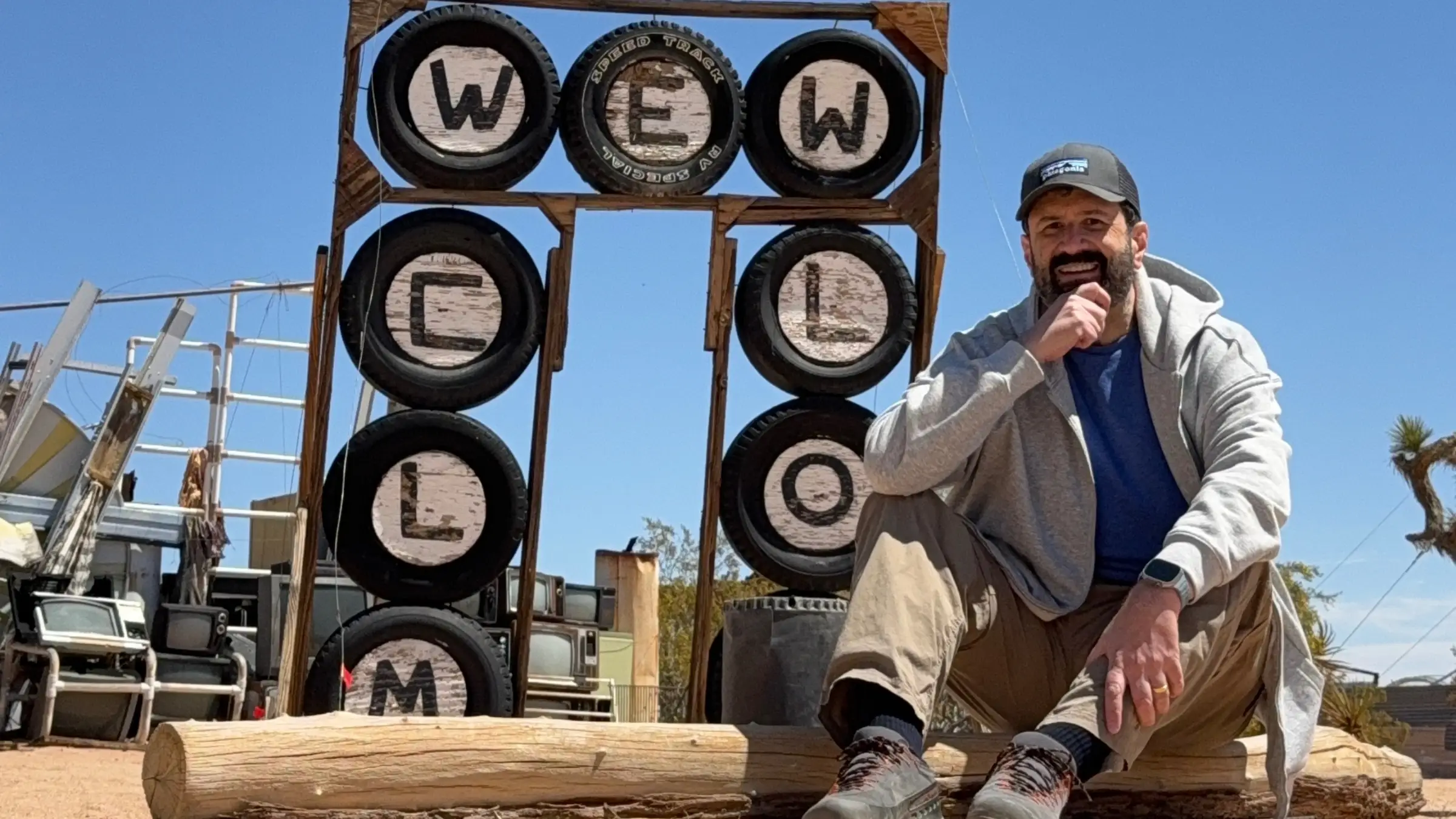
(Pro)found Art
To totally misquote Jean-Luc Godard, “It’s not where you take toilets from—it’s where you take them to.”
-
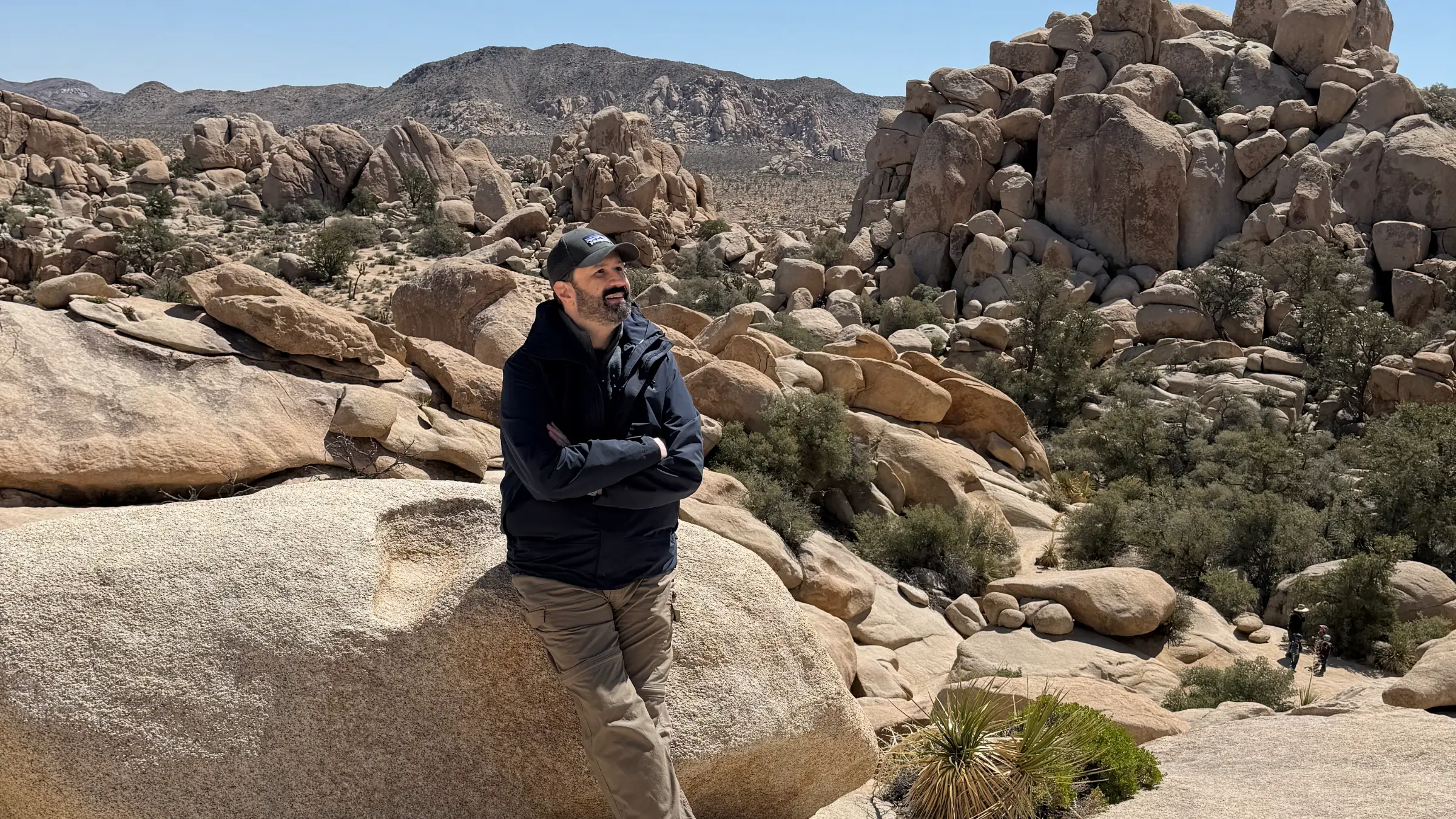
Up a Tree and On the Rocks
It’s hard to put a finger on what makes Joshua Tree National Park so special. Actually, you shouldn’t put a finger on anything there because everything’s covered in spines.
-
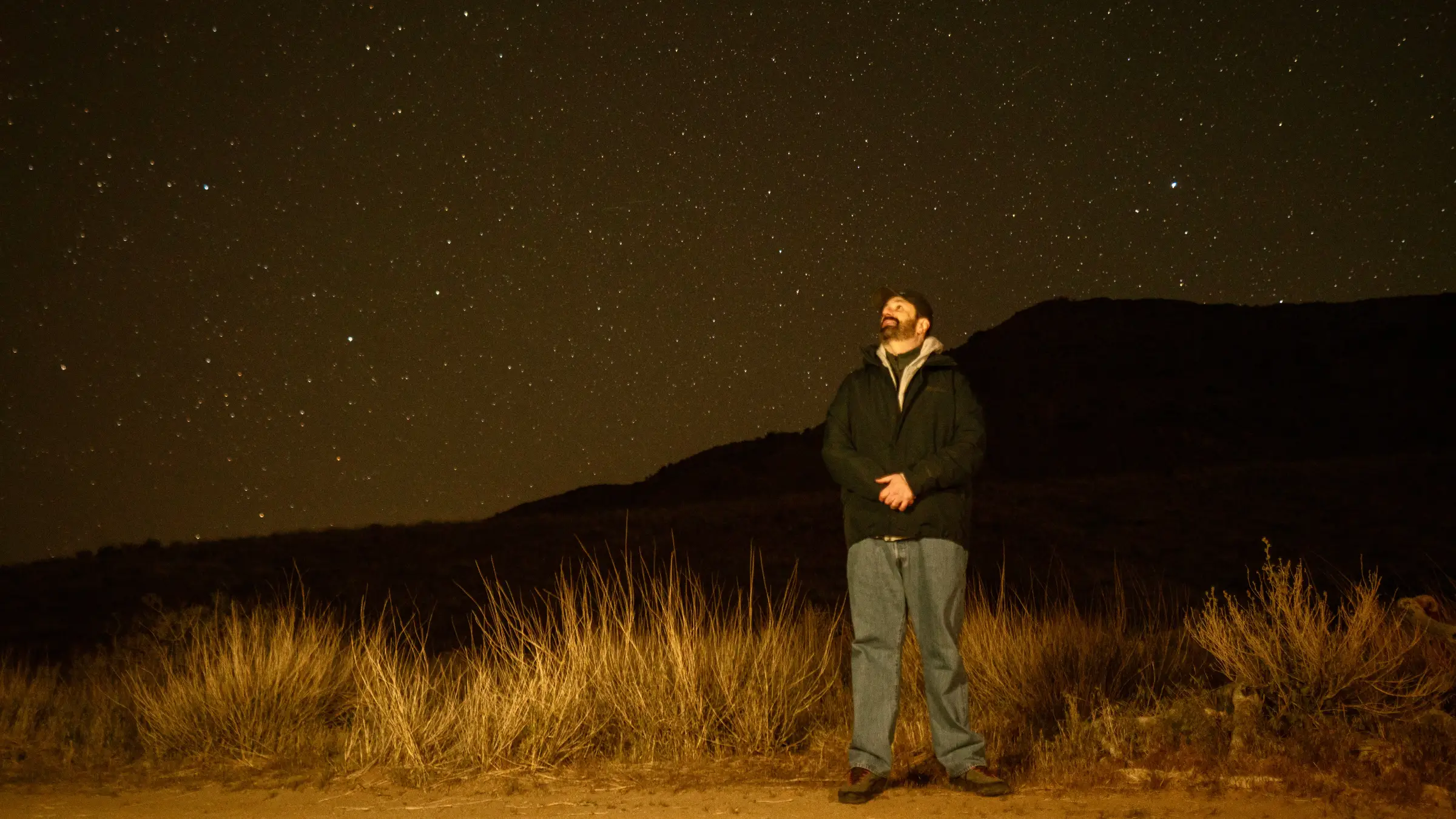
-
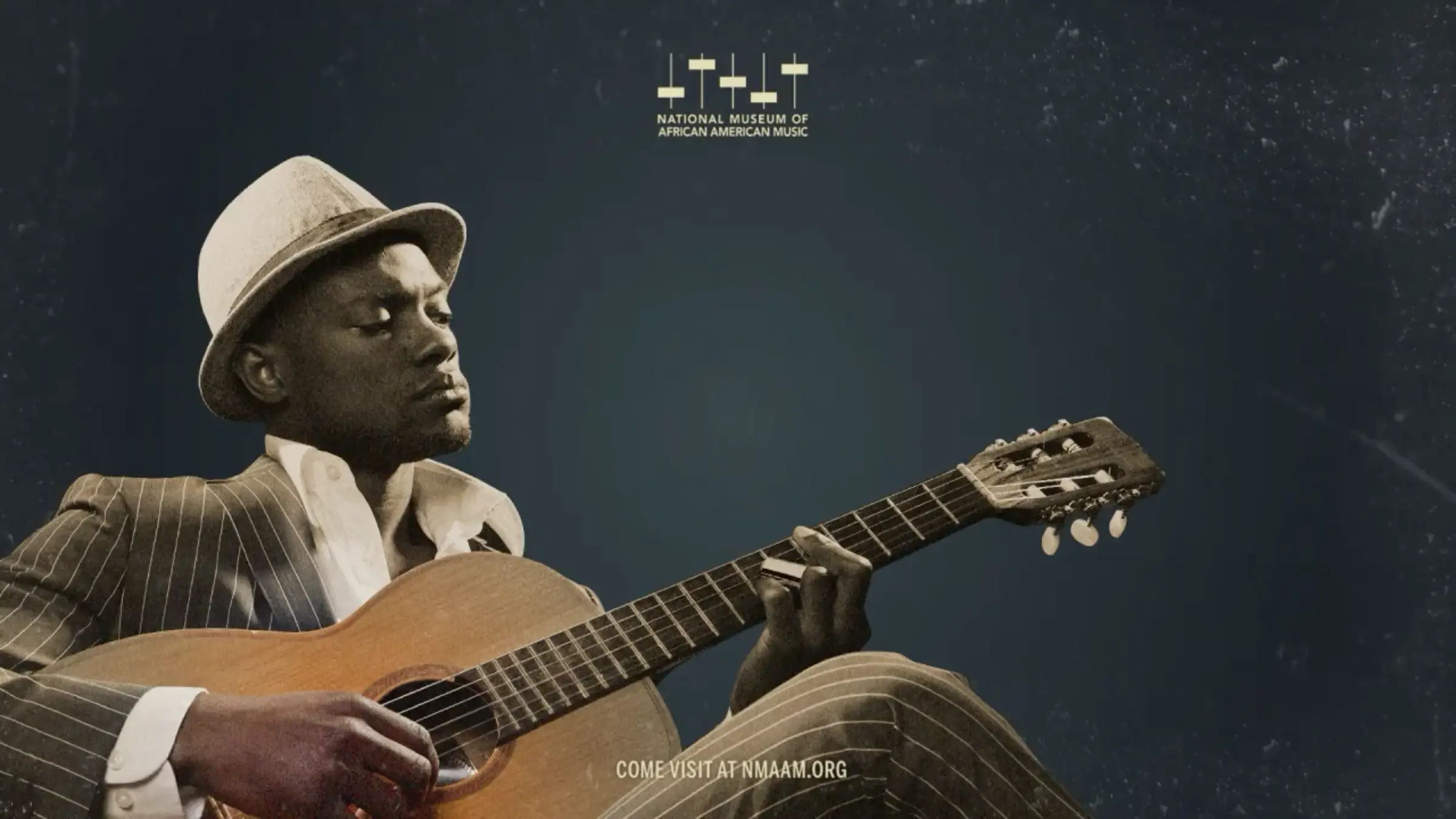
A Museum Worth Singing About
The National Museum of African-American Music is more than funk and facts—it blends content and context into a powerful story. (It’s also where I made a blues video and laid down a beat. Cool, right?)
-
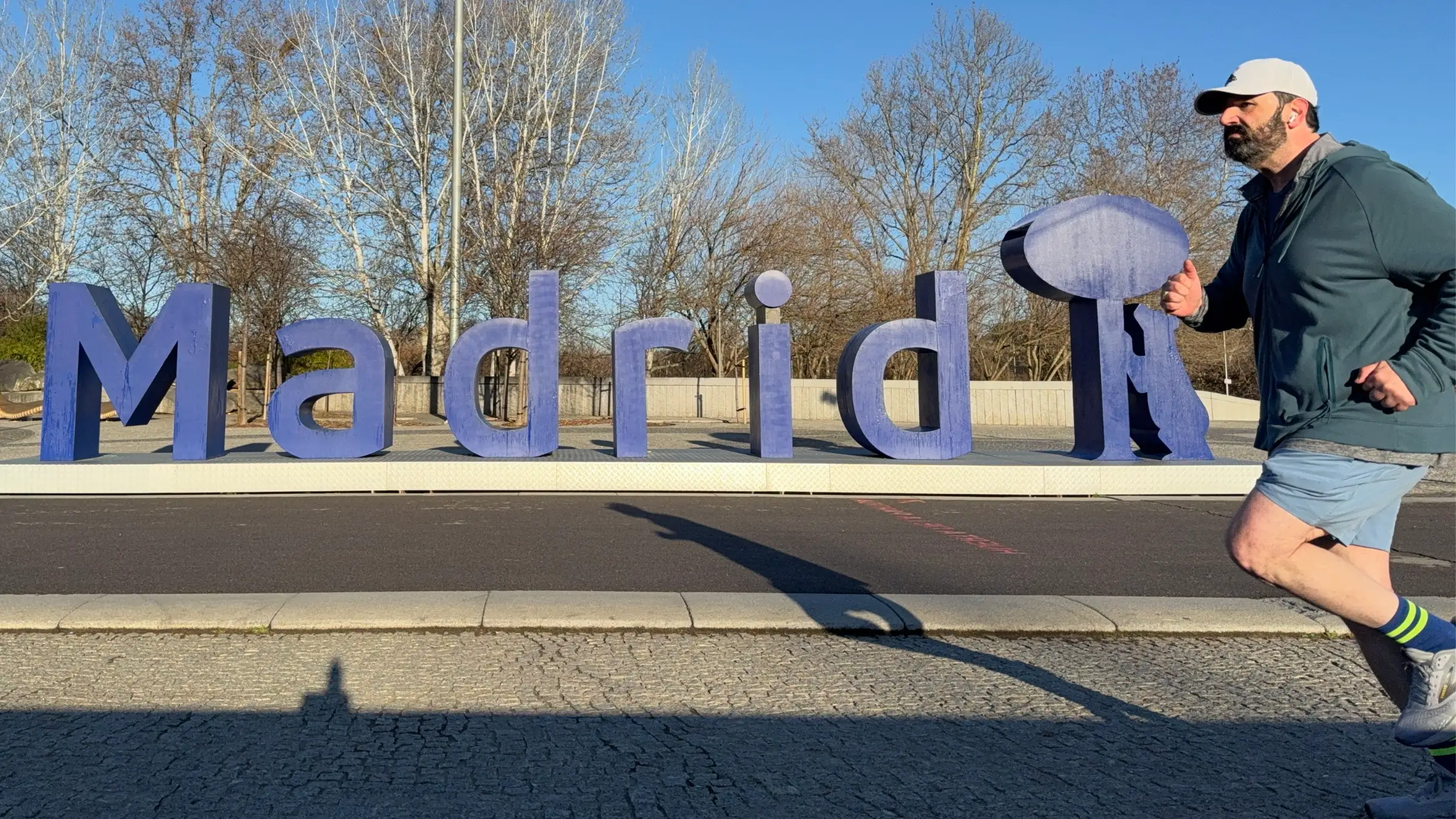
Take Me To The River
Not long ago, I wasn’t fit enough to run, and the Manzanares wasn’t fit for anyone to run along. Boy, have things changed.
-
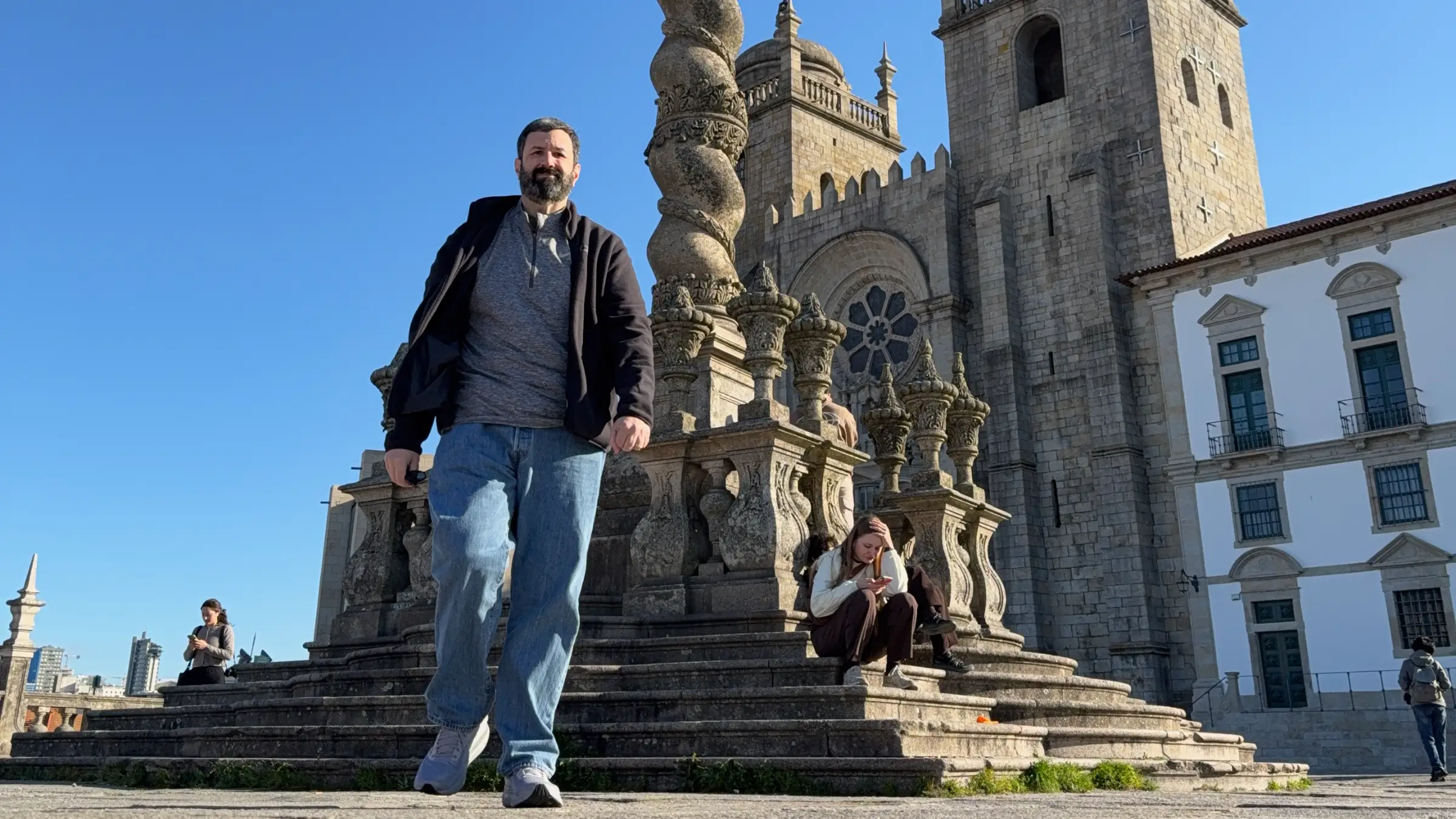
Down in the Count in Porto
Why did I find Porto disappointing? Was there anything I enjoyed? What’s the deal with the gulls? Here are the answers to those questions, and more.
-
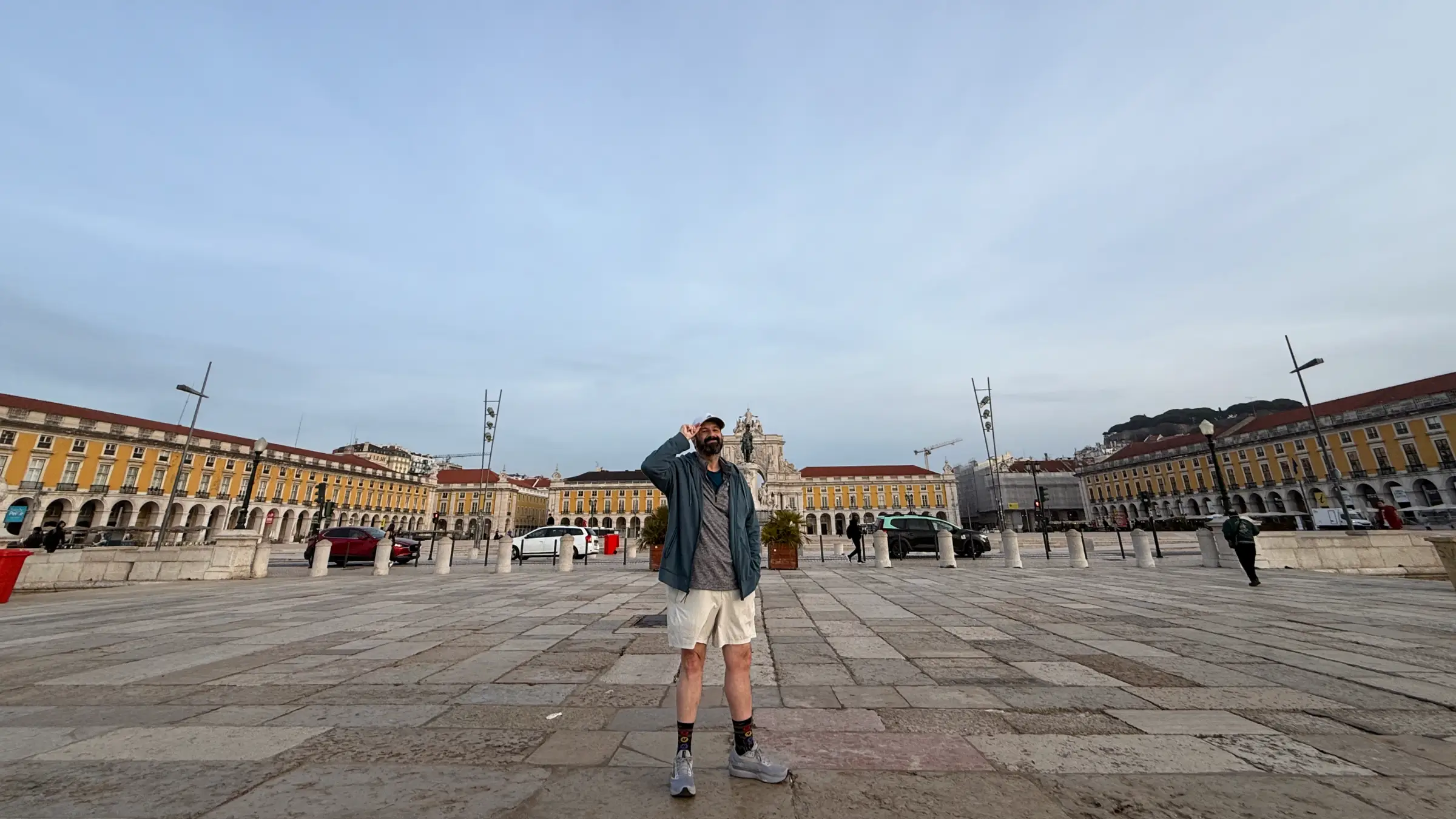
Lisbon: Gonna Keep on Runnin’ Till I Reach My Higher Ground
Running in Lisbon requires changes in altitudes and changes in attitudes. Would anything remain quite the same?
-
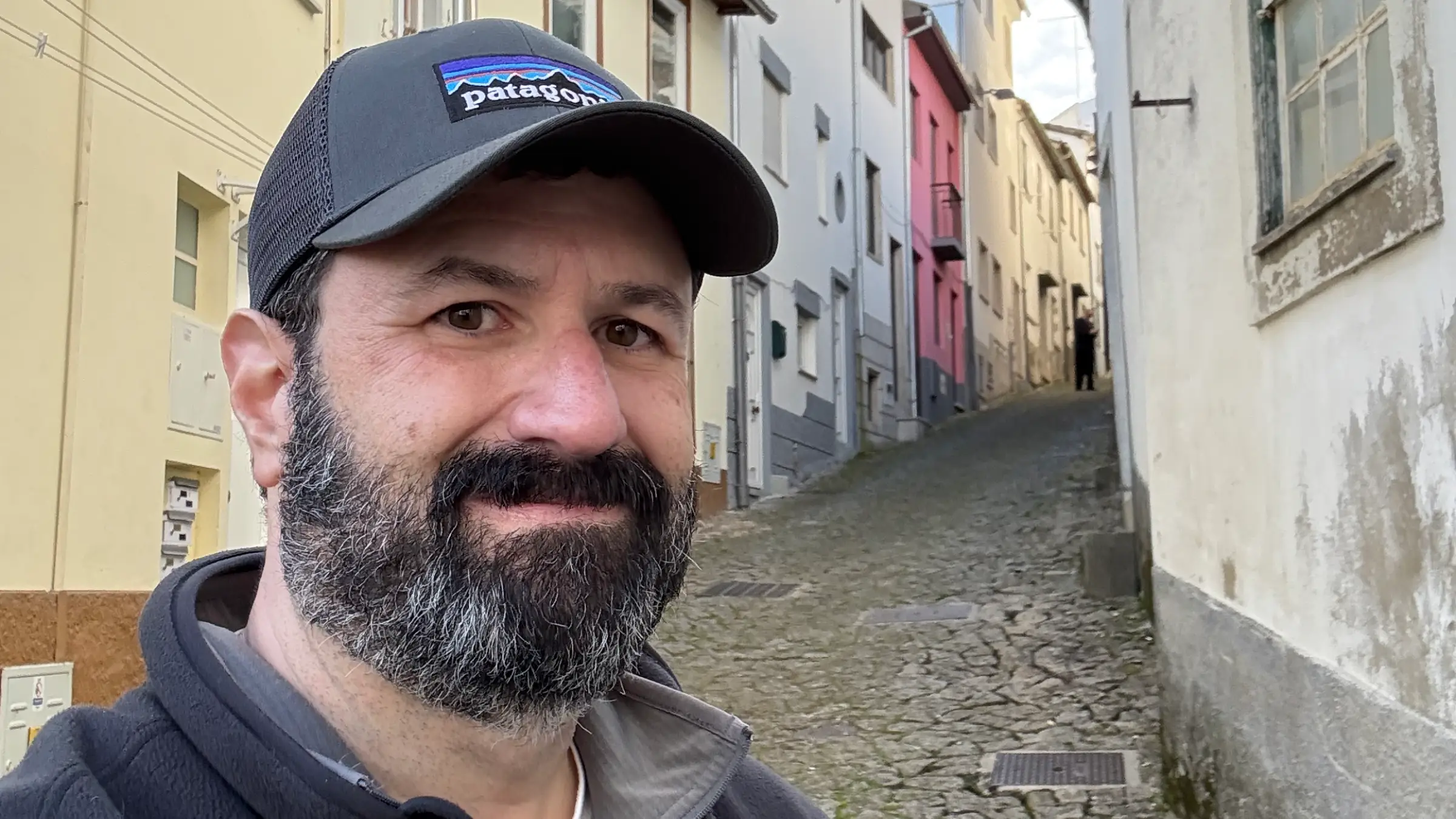
You Can Go Home Again. Just Wait About 425 Years First.
A little bit of my ancestry awaited me just behind the mountains. What would I discover? What would I feel? Where did I park?
-

Return to Retiro
Let’s take a sunrise walk through one of the world’s greatest parks—and end up at one of the world’s finest restaurants!